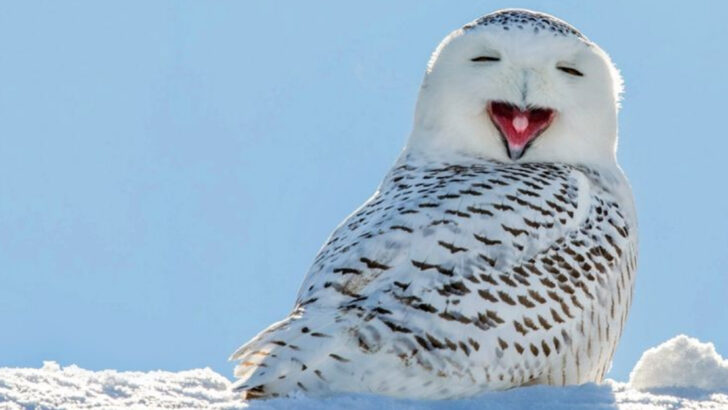Ice doesn’t scare them. It powers them.
While most creatures flee the freeze, some animals treat subzero temps like a personal playground.
We’re talking fur-coated tanks, frost-resistant warriors, and feathered beasts who laugh in the face of windchill.
From snowy owls scanning the tundra like silent ghosts to moose that bulldoze through chest-deep drifts, these cold-weather champs don’t just survive—they thrive.
So grab your warmest blanket and prepare to meet the animals that rule the chill.
Polar Bear
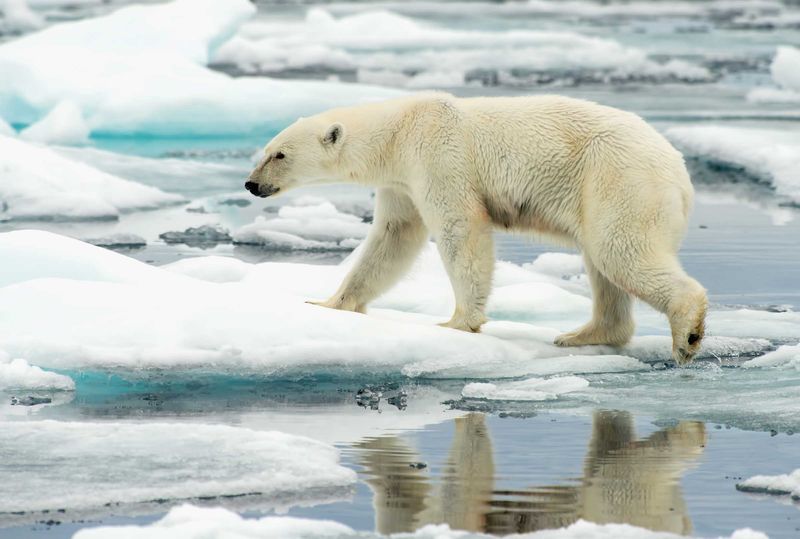
Majestic and iconic, the polar bear is a symbol of the Arctic wilderness. Known for its powerful build and thick white fur, it thrives in the icy expanses, relying on sea ice to hunt seals. Polar bears are excellent swimmers and can cover vast distances in search of food. Their keen sense of smell helps them detect prey from miles away. Unfortunately, climate change poses a significant threat to their habitat, leading to declining populations. Conservation efforts are crucial to protect these magnificent creatures for future generations. Their presence is a testament to nature’s resilience and beauty.
Arctic Fox
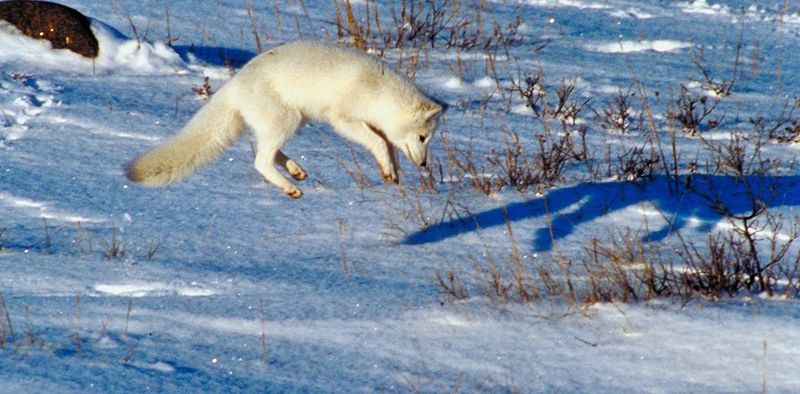
The Arctic fox is a master of camouflage, with its seasonal coat changing from brown to white to blend in with the snow. This small but hardy mammal navigates the tundra with agility, searching for lemmings and other small prey. Its thick fur and bushy tail provide insulation against freezing temperatures, while its rounded body minimizes heat loss. Despite the harsh conditions, the Arctic fox is an opportunistic feeder, sometimes following polar bears to scavenge leftovers. Its adaptability and resourcefulness have made it a symbol of survival in one of the world’s most extreme environments.
Snowy Owl
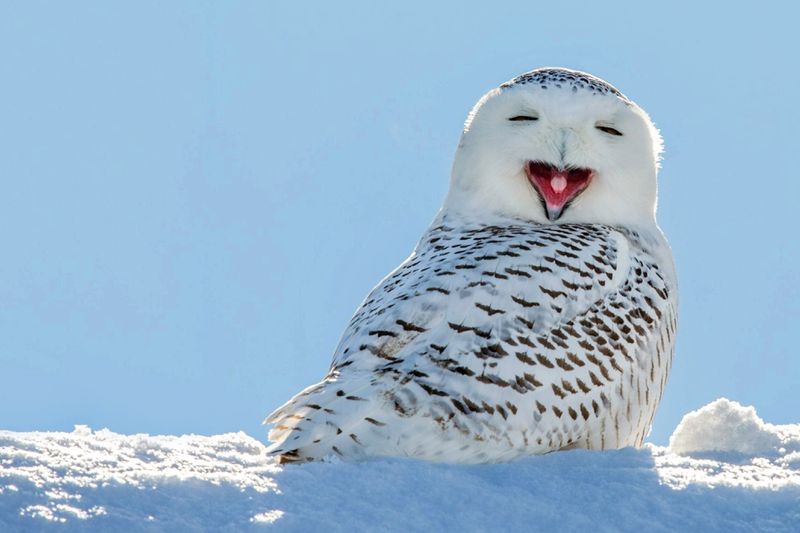
With its regal appearance, the snowy owl is a captivating sight in the northern tundra. Known for its striking white plumage and piercing yellow eyes, it commands attention. Unlike most owls, the snowy owl is active during the day, hunting lemmings and other small mammals. Its keen eyesight and silent flight make it an effective predator. During breeding season, males perform elaborate aerial displays to attract mates. Though primarily found in the Arctic, some migrate south during winter. The snowy owl’s presence adds an element of magic to the snowy landscapes it inhabits.
Muskox
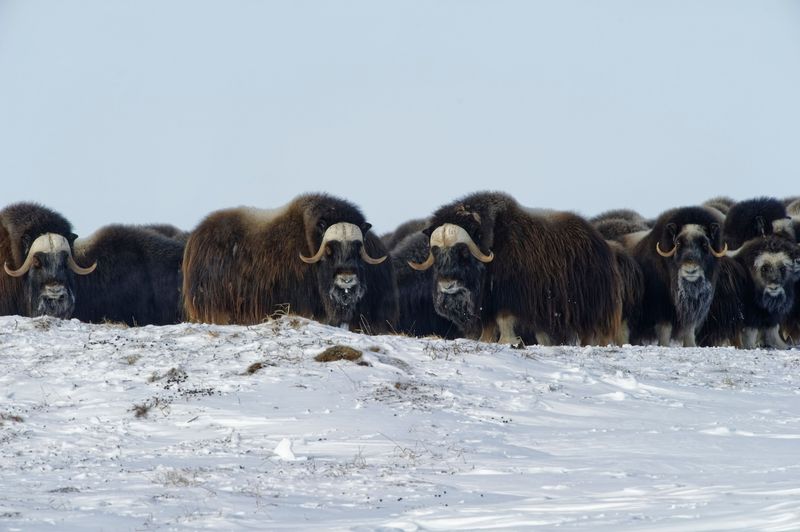
The muskox, with its thick, woolly coat, is well-equipped to endure the Arctic’s biting cold. These social animals form protective circles around calves when threatened, showcasing their strong herd instincts. Their diet consists mainly of grasses and Arctic willows, which they dig through snow to find. Muskoxen have roamed the tundra for thousands of years, with fossil records dating back to the last Ice Age. Once nearly extinct due to overhunting, conservation efforts have helped their populations recover. Their presence is a testament to the enduring spirit of the Arctic wilderness.
Arctic Hare
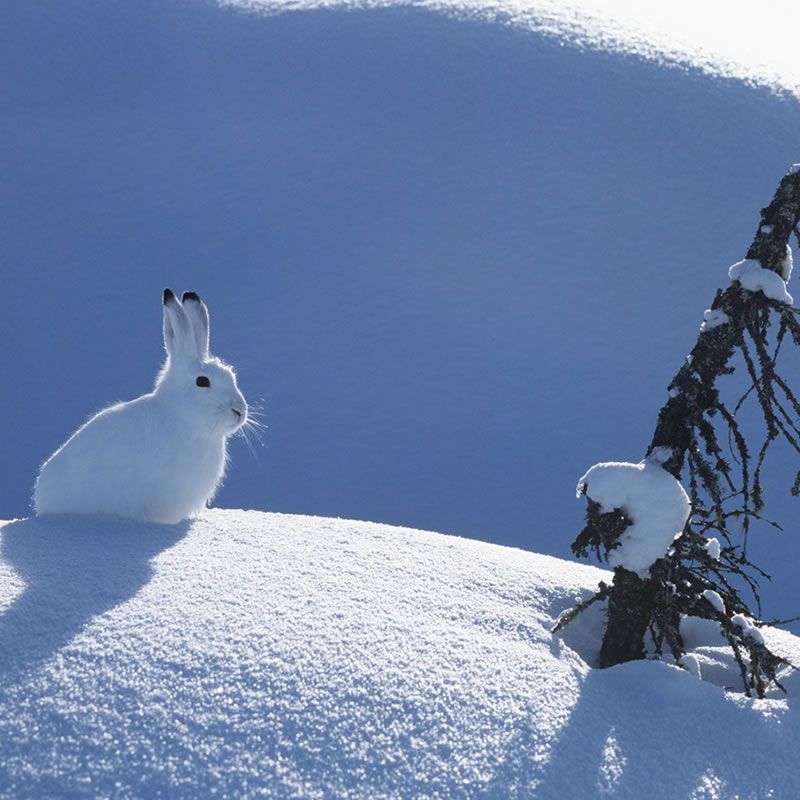
The Arctic hare is a true survivor, with adaptations that enable it to thrive in freezing temperatures. Its long, powerful legs allow it to bound swiftly across the snow, evading predators like Arctic foxes and wolves. The hare’s fur changes from brown to white in winter, providing essential camouflage. Social animals, Arctic hares often form groups to conserve heat and increase vigilance against threats. They feed on woody plants, mosses, and lichens, scraping through the snow to reach food. Their resilience and agility make them a vital component of the Arctic ecosystem.
Emperor Penguin
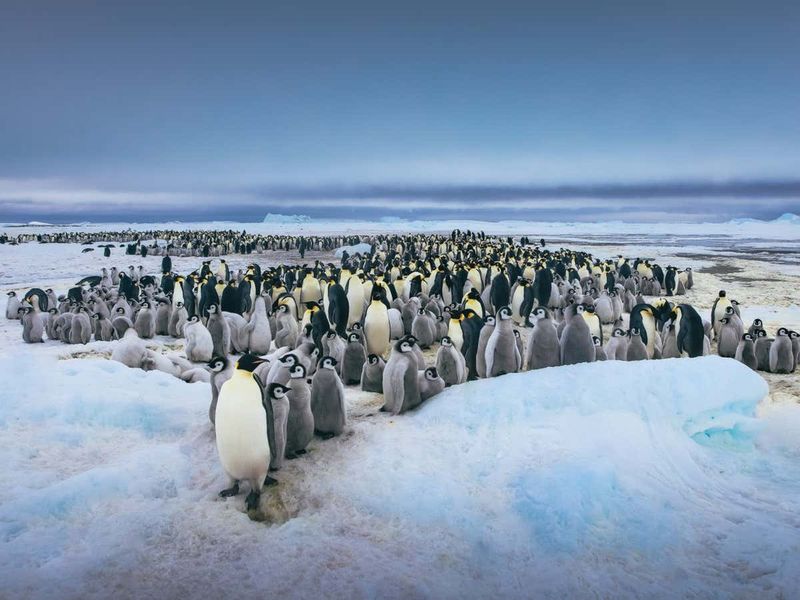
Though primarily associated with Antarctica, the emperor penguin has a similar counterpart in the northern hemisphere – the king penguin. Emperor penguins are known for their striking appearance and remarkable breeding behavior. They endure harsh Antarctic winters, huddling together for warmth and balancing eggs on their feet. Their diet consists mainly of fish and squid, caught during deep dives. The emperor penguin’s resilience and social behavior are captivating, making them a beloved species among wildlife enthusiasts. Their unique adaptations are a testament to nature’s ingenuity in extreme environments.
Walrus
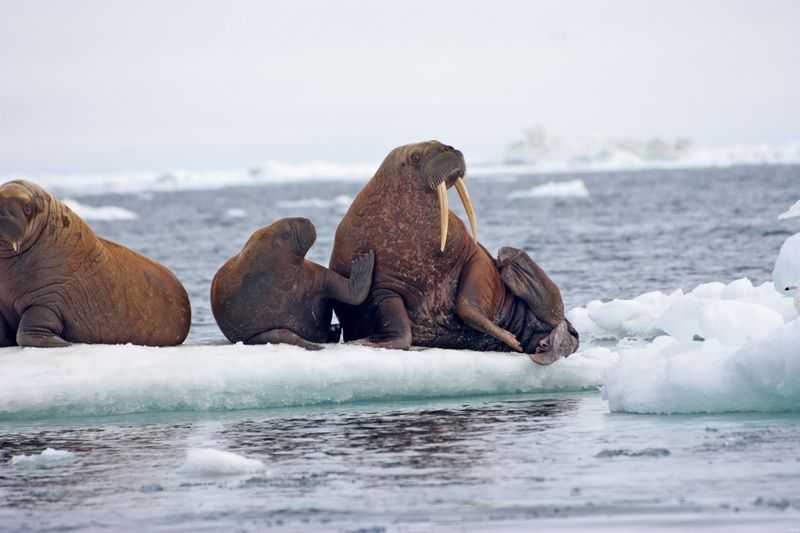
Walruses, with their distinctive tusks and whiskered faces, are a fascinating sight in the Arctic waters. These social mammals form large groups, known as herds or haul-outs, on ice floes and coastlines. Their tusks serve multiple purposes, from aiding in mobility on ice to asserting dominance within the group. Walruses dive to great depths in search of clams and other invertebrates on the ocean floor. They play a crucial role in the marine ecosystem, influencing prey populations and seabed dynamics. Observing these majestic creatures in their natural habitat is an unforgettable experience.
Beluga Whale
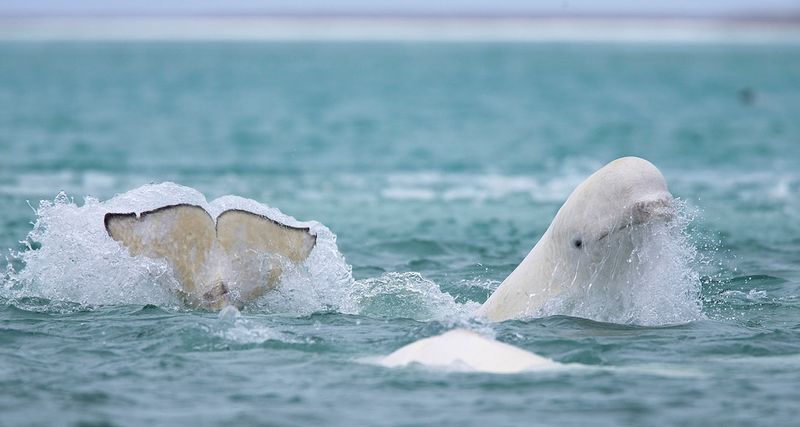
The beluga whale, often called the “canary of the sea,” is known for its vocal nature and social behavior. These white whales inhabit Arctic and sub-Arctic waters, forming close-knit pods. Their bulbous foreheads, called melons, are used for echolocation, allowing them to navigate and hunt in murky waters. Belugas feed on fish, crustaceans, and worms, showcasing their adaptability to different food sources. These gentle giants are a joy to observe, with playful antics and a seemingly friendly demeanor. Their presence in the Arctic waters highlights the rich biodiversity of these regions.
Caribou

Caribou, also known as reindeer in Europe, are iconic in the Arctic, known for their lengthy migrations across the tundra. These majestic animals are well-adapted to the cold, with insulating fur and specialized hooves for traversing snow and ice. During migration, they travel in large herds, facing challenges like predators and harsh weather. Caribou play a vital role in the ecosystem, serving as prey for wolves and other predators. Their annual journeys and impressive antlers make them a captivating subject for wildlife enthusiasts and photographers alike, drawing attention to Arctic conservation efforts.
River Otter
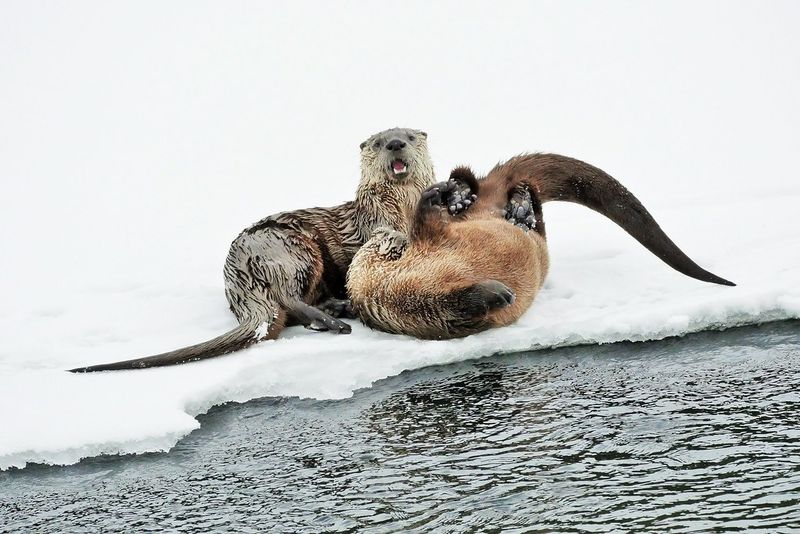
The river otter, with its playful nature and sleek body, is a delight to observe in cold northern waterways. These agile swimmers are equipped with webbed feet and a powerful tail, allowing them to navigate swiftly through the water. Otters are social creatures, often seen playing and hunting in groups. They feed on fish, amphibians, and crustaceans, using rocks to crack open shellfish. Their playful antics and adaptability have made them a favorite among wildlife enthusiasts. As indicators of healthy ecosystems, river otters highlight the importance of maintaining clean, unpolluted waterways.
Moose
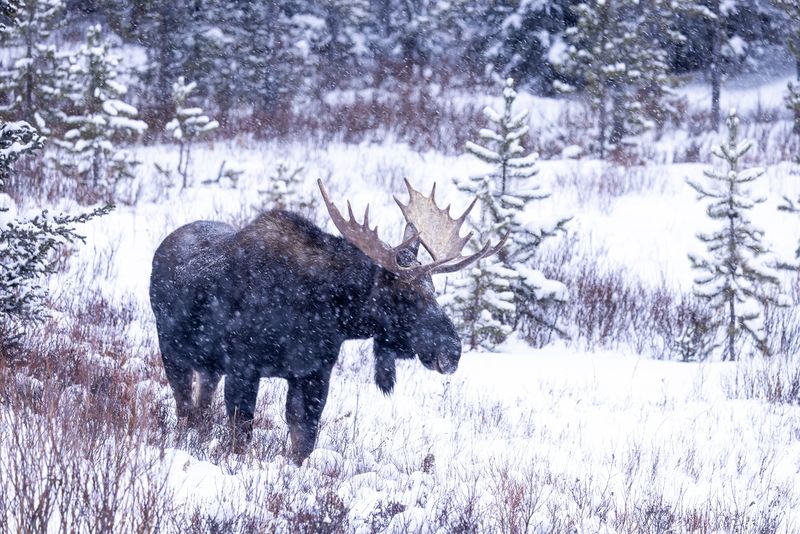
The moose, with its towering stature and distinctive antlers, is a symbol of the northern wilderness. These solitary animals are well-suited to cold climates, with thick fur and a keen sense of smell. Moose primarily feed on aquatic plants, twigs, and bark, often wading into icy waters to reach vegetation. Their impressive antlers, which can span up to six feet, are shed annually. While generally solitary, moose come together during the mating season, engaging in dramatic displays of strength. Their presence in the snowy forests adds a touch of majesty to the frozen landscape.
Dall Sheep
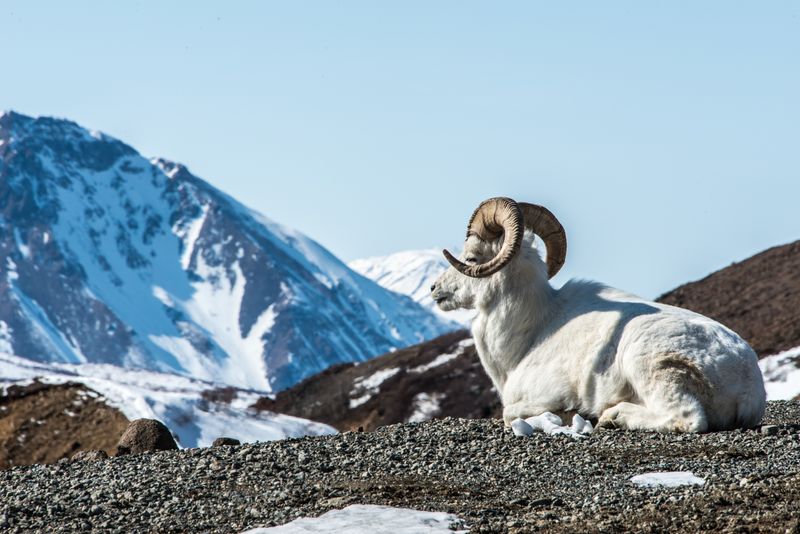
Dall sheep, with their striking white coats and curved horns, are a remarkable sight in mountainous regions. These agile climbers inhabit steep, rocky slopes, using their keen eyesight and balance to navigate challenging terrain. Their diet consists mainly of grasses and shrubs, which they graze on during the brief Arctic summer. Dall sheep form social groups, with males often engaging in head-butting displays during mating season. Their presence in the rugged mountains and their resilience to harsh weather conditions make them a fascinating subject for wildlife enthusiasts and photographers.
Wolverine
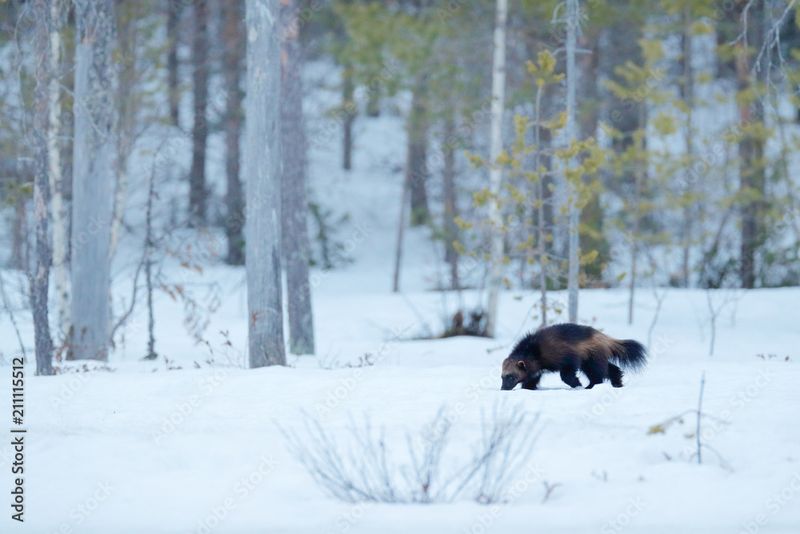
The wolverine, with its ferocious reputation and solitary nature, is a formidable predator in the northern wilderness. Known for its strength and endurance, it can travel great distances in search of food. Wolverines feed on a variety of prey, from small mammals to carrion, and are known to scavenge from larger predators. Their thick fur and powerful jaws equip them for survival in extreme conditions. Despite their elusive nature, wolverines have captured the imagination of wildlife enthusiasts, embodying the rugged spirit of the Arctic. Conservation efforts are essential to ensure their continued presence in these regions.
Northern Fur Seal
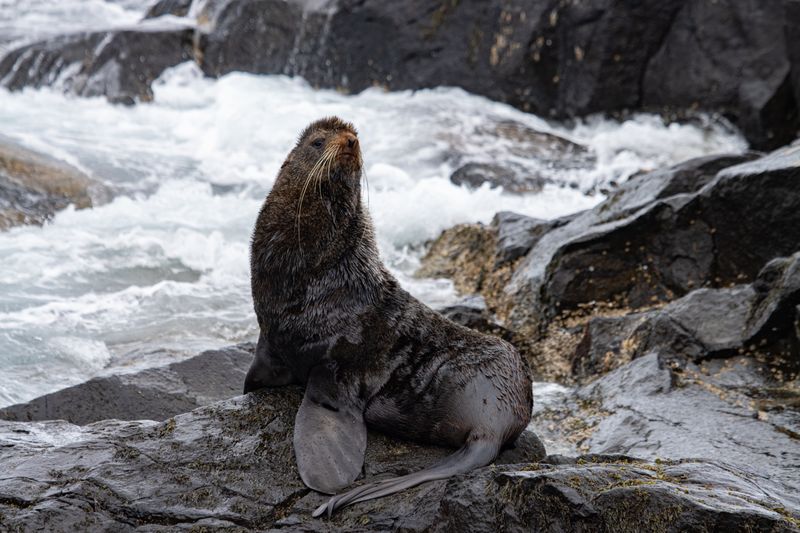
The northern fur seal, with its dense fur and agile movements, is a remarkable marine mammal inhabiting cold northern waters. These seals are known for their long migrations and social behavior, often forming large colonies on rocky shores. Their diet consists mainly of fish and squid, which they hunt in the open ocean. Fur seals use their strong flippers to navigate both land and sea, showcasing their adaptability. Observing their playful interactions and sleek movements is a delight for wildlife enthusiasts. Their presence in northern waters highlights the rich marine biodiversity of these regions.
Lynx
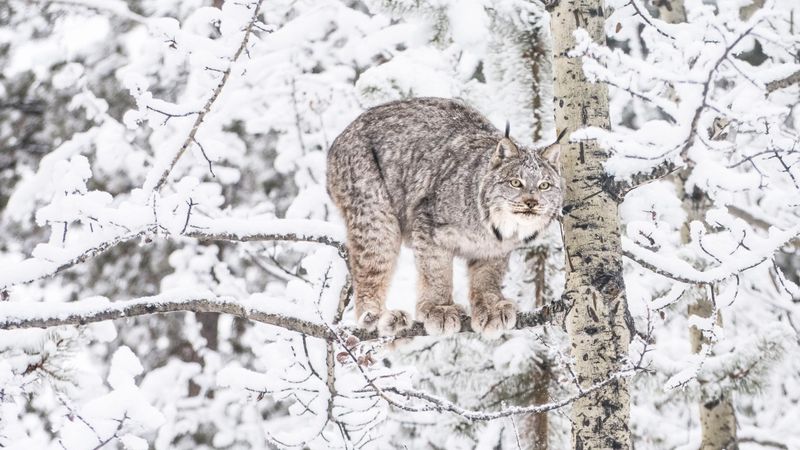
The lynx, with its tufted ears and stealthy nature, is a master hunter in the northern forests. Known for its keen eyesight and agility, it preys on snowshoe hares and other small mammals. Lynxes are solitary animals, with territories that span vast areas of dense forest. Their thick fur provides insulation against freezing temperatures, while their large, padded paws allow them to move silently over snow. Though elusive, the lynx is a captivating presence in the wilderness, embodying the mystery and allure of the northern woods. Conservation efforts are vital to protect their habitats and ensure their survival.

